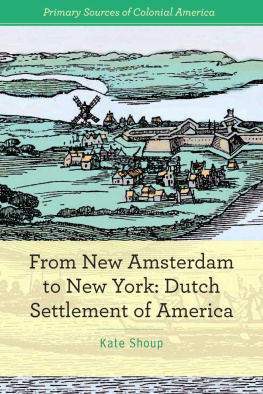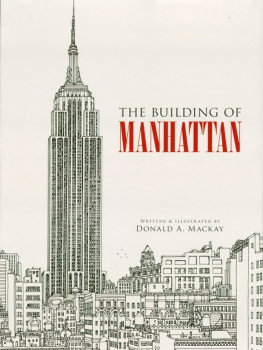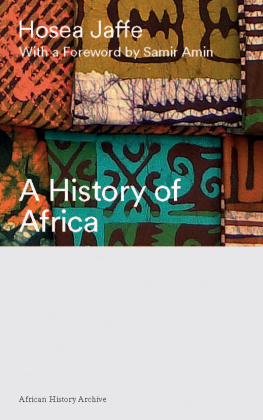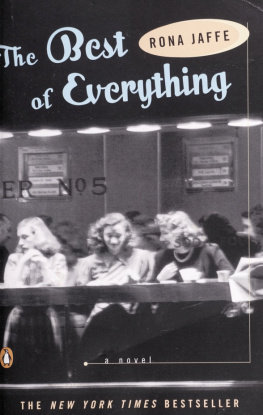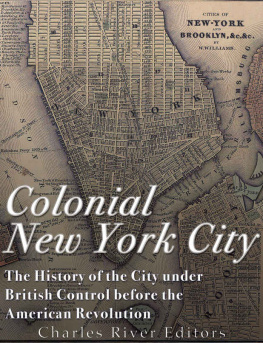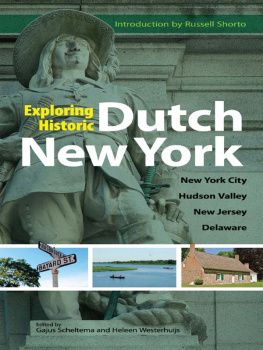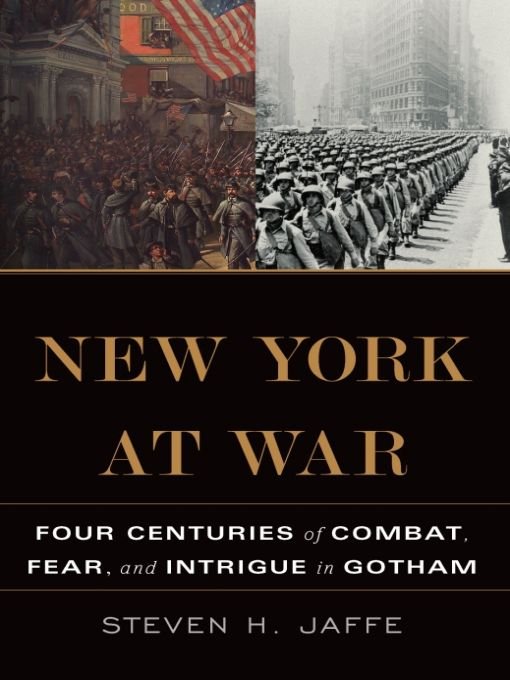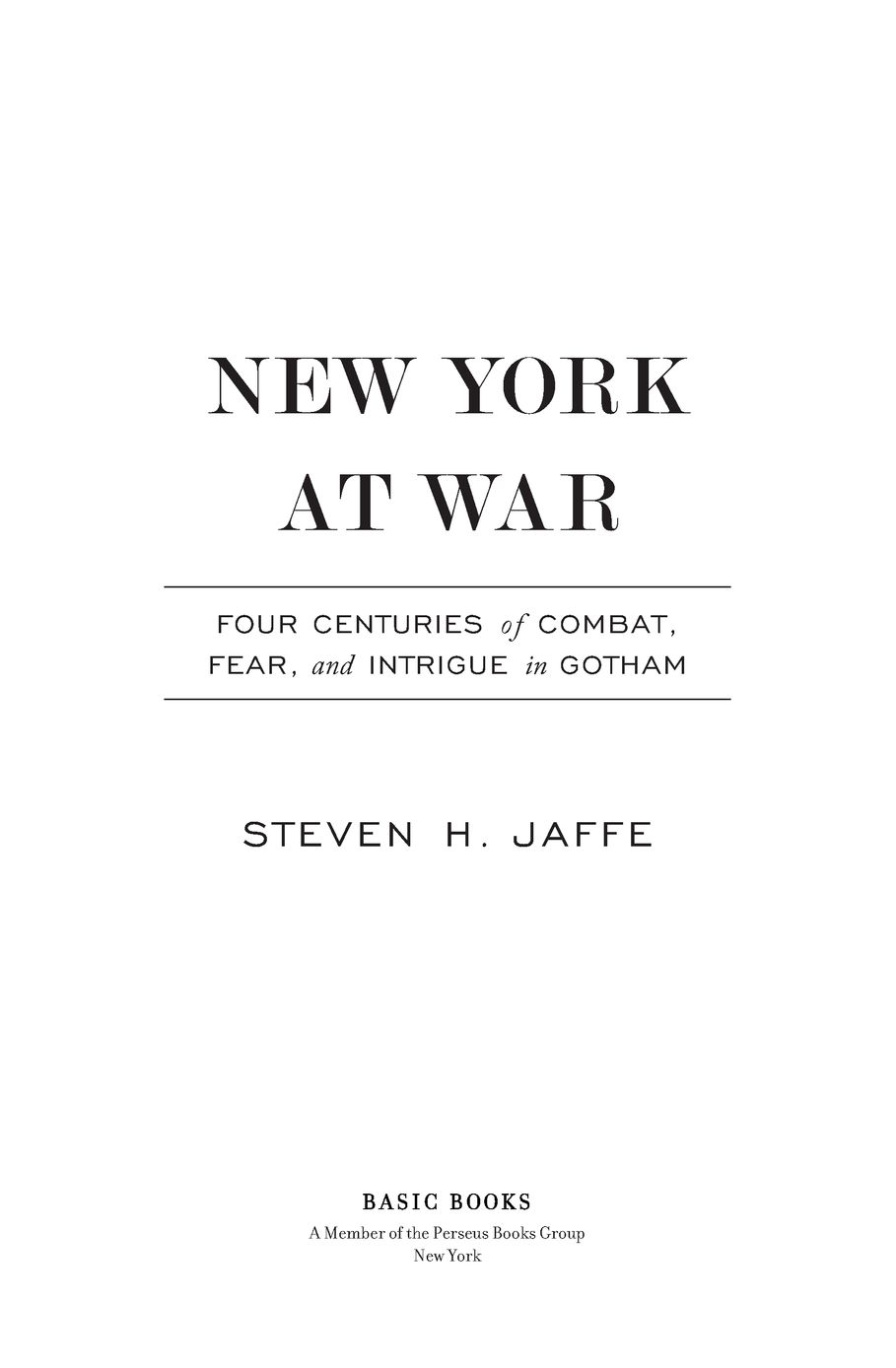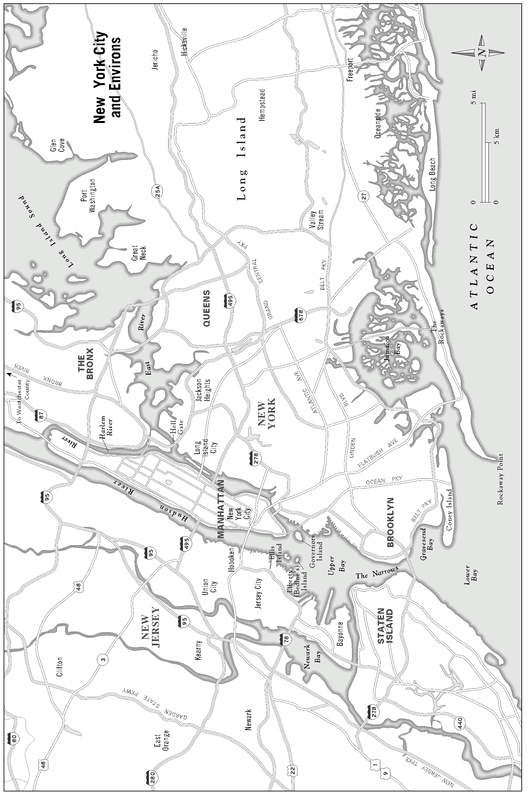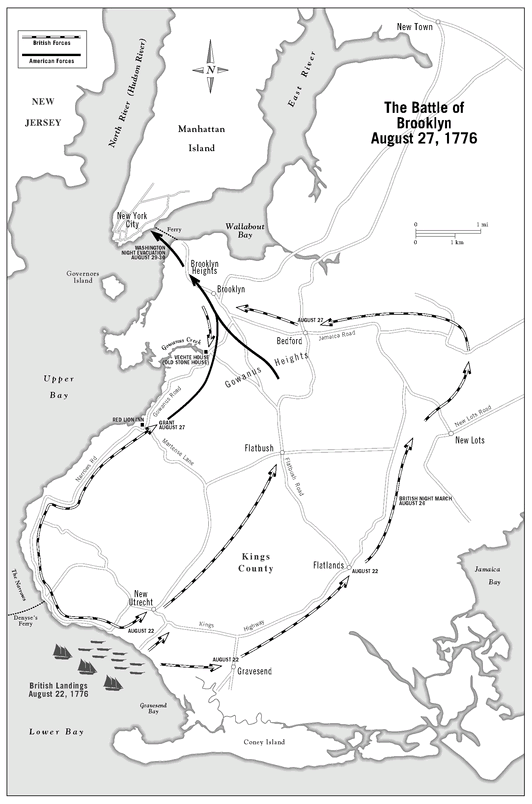Table of Contents
More Advance Praise for New York at War
Foreign foes have rarely attacked New York directly, but the city has been profoundly involved in the nations many military conflicts. As Steven Jaffe shows in this novel and absorbing study, Gotham has been banker and arsenal, staging ground and recruiting post, cheerleader and critic, fortification and tempting target. Seen in a series, the wartime experiences are strikingly different, and Jaffe respects each war storys particularity. But hes also good at spotting commonalities, the most intriguing being the way wars abroad become wars at home, with New Yorks polyglot citizenry battling over a conflicts legitimacy, or which combatant to back. Highly recommended.
Mike Wallace, co-author of the Pulitzer Prizewinning Gotham
Anyone whos ever lived in New York, or visited it, or thought about visiting it will be fascinated by this book. Even historians will be surprised by some chapters. Steven Jaffe has dug deep and come up with literary gold, again and again.
Thomas Fleming, author of 1776: Year of Illusions
New York at War provides a fascinating look at a forgotten aspect of the citys historyits central role in so many of Americas military conflicts. Steven Jaffe brings this neglected aspect of New Yorks past back to life with impressive insight and a great eye for the telling details that make history come alive.
Tyler Anbinder, author of Five Points
Steven H. Jaffes vividly written narrative restores a crucial thread to the way we understand the history of New York City. In a highly readable style, New York at War tells a story of tenacity and endurance, and of social conflict on a grand scale. With a story filled with drama and the drum-beat of violence, culminating with the destruction of the World Trade Center, Jaffe has much to tell us about the way a city responds to crisis.
Eric Homberger, author of The Historical Atlas of New York City
While most Americans probably see New York as Americas capital of finance and fashion, Steven Jaffe shows how the city has also been the nations epicenter during times of war. While New York may have profited from Americas many wars, it also proved the nations most vulnerable city, subject to attack both from without and from within. With an impressive span greater than that of the Brooklyn Bridge, New York at War reminds readers of Gothams centrality in Americas wartime experience from colonial times to 9/11. A great idea for a book, masterfully done.
Edward P. Kohn, author of Hot Time in the Old Town
For Jill, Toby, and Matt
Introduction
This book evolved out of my experiences on September 11, 2001, and during the days and weeks that followed. On that sunny morning, I stood in a hillside park near my home, about fifteen miles west of lower Manhattan, watching the Twin Towers billowing black and gray smoke. Its time to bomb some mosques, a distraught man standing on a nearby bench was yellingthis before al Qaeda was positively identified over the airwaves as the perpetrator of this act of war.
At the time I was working as a historian and curator at the South Street Seaport Museum on the East River waterfront of lower Manhattan, an institution dedicated to preserving and interpreting New Yorks four-hundred-year history as a place linked by sea to the rest of the world. When I finally returned to my office a week after the attacks, I encountered a traumatized landscape. The museum was located about seven blocks from the World Trade Center site, and the air at that distance was full of an acrid smell from the fires that continued to burn in the ruins of the complex. A light gray dust covered many faades, even this far from Ground Zero. Rebuild, someone had scrawled with an index finger in the dust of a table outside a shuttered restaurant. On the street in front of my office door, usually a loading zone for retailers picking up seafood crates from the Fulton Fish Market, stood a khaki tent manned by gun-toting National Guardsmen in combat fatigues. My routine journey to and from work had also been transformed. Accustomed to riding a commuter train whose terminal was beneath the Twin Towers, I now boarded a ferryboat each day; the train tunnel under the Hudson River had been flooded by the towers collapse.
I was fortunate not to have lost anyone I knew on September 11. Yet, as with millions of other people living in or near the city, I did experience grief, anger, numbness, and a range of other emotions that I struggled to understand. Like my colleagues in the museum and history professions, I began to try to make sense of the events not only in personal and emotional ways (and, in my case, as a native New Yorker) but also in terms of my work as an urban historian and my knowledge of the citys past.
Over the ensuing months, it dawned on me that I was in the midst of an urban landscape whose historical affinities to the events of 9/11 were hard to avoid. Some of this history I already knew; other pieces fell into place as I began to look for them. A few blocks to the south, for instance, stood Wall Streetso named for the defensive rampart built there by Dutch colonists to keep English armies and Indian warriors at bay. A mile to the north, at Corlears Hook on the East River shore, those same Dutch colonists had launched a brutal surprise attack on Indian families during a bloody and protracted war. If I glanced out my office window, I saw Brooklyn Heights across the riversite of the American Revolutions most fateful evacuation and of frantic efforts to forestall an expected British attack during the War of 1812. When I took a walk out onto Pier 17 and looked north past the Brooklyn Bridge, I could make out the location of Wallabout Bayonce notorious as the site where thousands of American prisoners suffered and died during the Revolutionary War, later recast as the shoreline of the Brooklyn Navy Yard, a bustling city unto itself during the fight against Nazi Germany and imperial Japan. A stroll in another direction took me to the front door of a sister museum at Fraunces Tavern, another landmark of the American Revolution, where in 1975 four people lost their lives to a bomb planted by terrorists seeking independence for Puerto Rico.
Once I started looking for them, these sites of military significanceand of turmoil and violencemultiplied: Manhattan street corners where Civil War draft resisters, virtually in control of the city, lynched fellow New Yorkers because of the color of their skin; a strip of the Jersey City waterfront across the harbor, shattered by a massive explosion triggered by the kaisers saboteurs during World War I; the waters off the beach at Coney Island, where generations of warships, privateers, and U-boats had laid in wait to prey on New Yorks cargo-laden merchant fleets. For each era of the citys historyfrom its origins as a Dutch outpost on the edge of the wilderness, to its role as a key garrison in the British Empire and as a crucible of revolution, then as the financial and industrial capital of Abraham Lincolns Union, and finally as the great metropolis of a globally assertive United StatesI found each of these venues distinctive to the events of its day but also part of a larger pattern spanning four centuries. In short, this cityscape was dotted with landmarks of a largely forgotten military history of attacks and attempts to defeat or prevent them.


